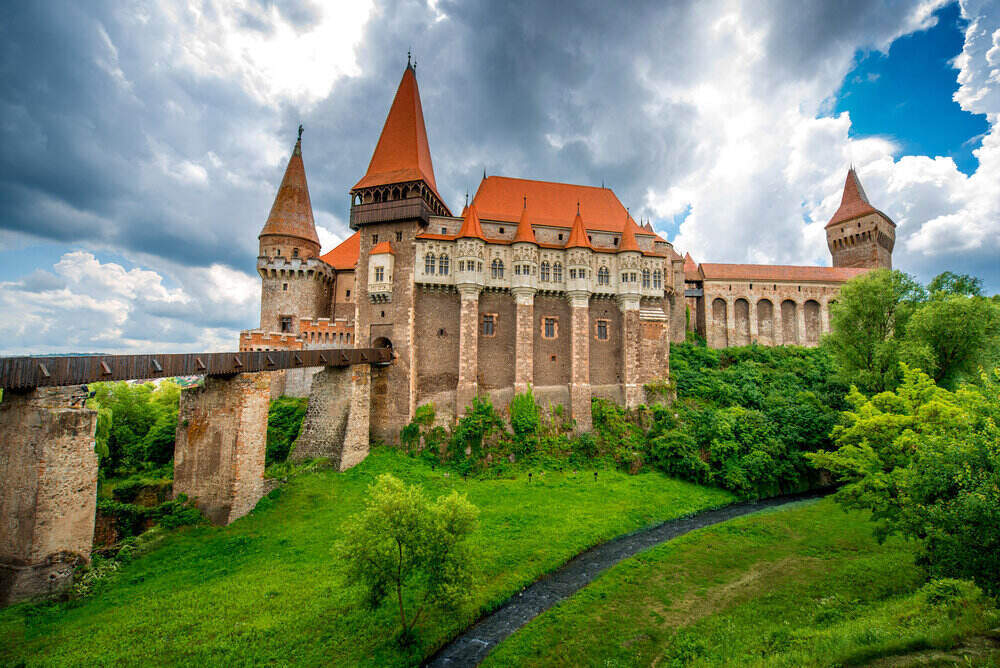Quick Bits:
Transylvania, a region in central Romania, is famous for its captivating history, mysterious legends, and natural beauty. Visitors find centuries-old castles, breathtaking mountains, charming towns, and unique wildlife. The area offers a mix of Gothic architecture, folklore, and unforgettable scenic routes.
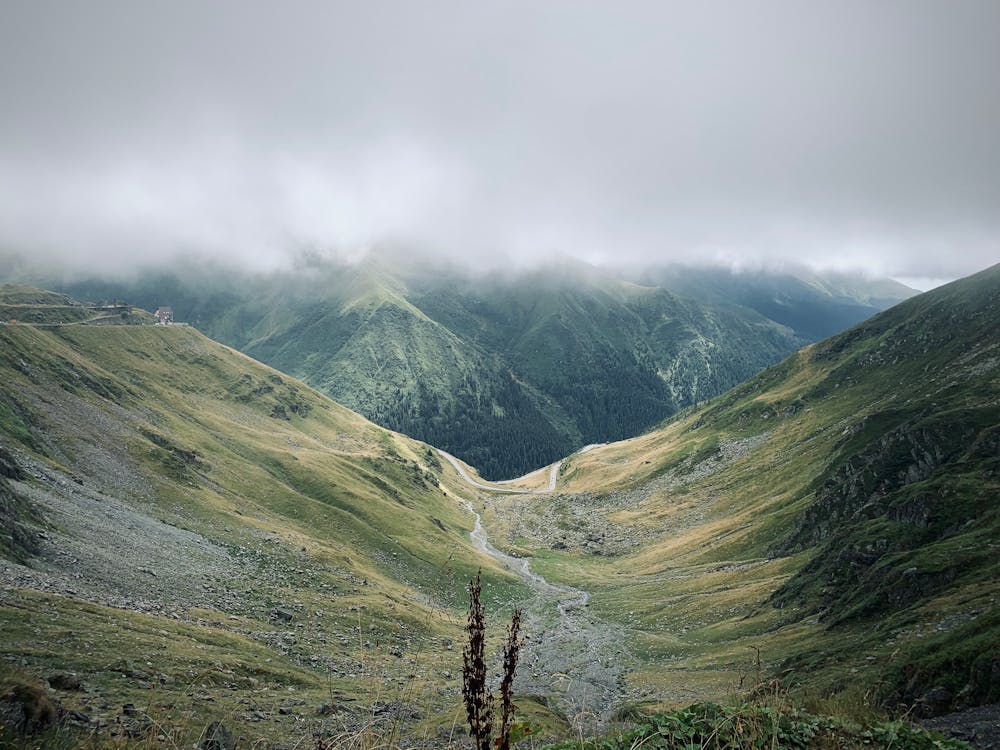
Key Highlights
- Location: Central Romania
- Known For: Castles, Carpathian Mountains, Dracula folklore, medieval architecture
- Popular Destinations: Bran Castle, Sighisoara, Brasov, Apuseni Mountains, Peles Castle
- Best Time to Visit: Spring (April-June) and Fall (September-October)
General Information
Transylvania is a historical region that sits at the heart of Romania. Known widely for Dracula’s legend, the area is rich in folklore, historical landmarks, and picturesque villages. Visitors are enchanted by a mix of rural traditions and Gothic architecture found in Transylvania’s old towns. Locals celebrate a unique culture, heavily influenced by Hungarian, Saxon, and Romanian roots.
Life in Transylvania feels like stepping into a fairy tale. Villages preserve centuries-old traditions, and farms dot the countryside, making it one of the few places where ancient customs still thrive. The locals are welcoming, adding to the charm of discovering this part of Eastern Europe.
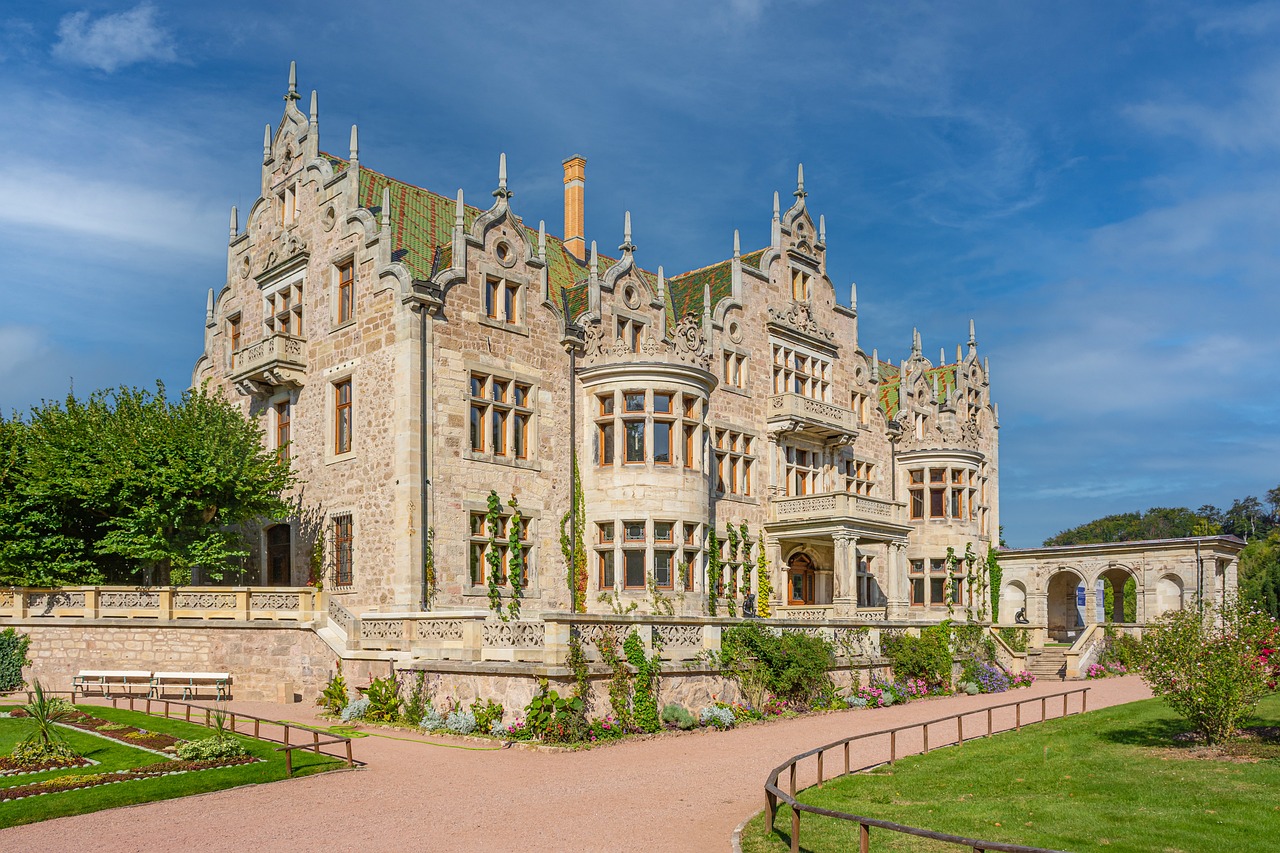
Geography Information
Transylvania lies in a central plateau in Romania, bordered by the majestic Carpathian Mountains to the east and south. The Transylvanian Plateau is nestled between these mountains, creating diverse landscapes. Forested hills, lush valleys, and rolling meadows make up the region’s geography. The Carpathians contribute to the region’s mystique, often veiled in mist and shadows.
Transylvania’s natural parks are among Europe’s richest in biodiversity. Wolves, bears, and lynx inhabit the dense forests, and the mountains are ideal for hiking, offering panoramic views and diverse flora. Rivers like the Mureș and Olt wind through the region, while caves and canyons add to the rugged beauty, making Transylvania a treasure for nature lovers.
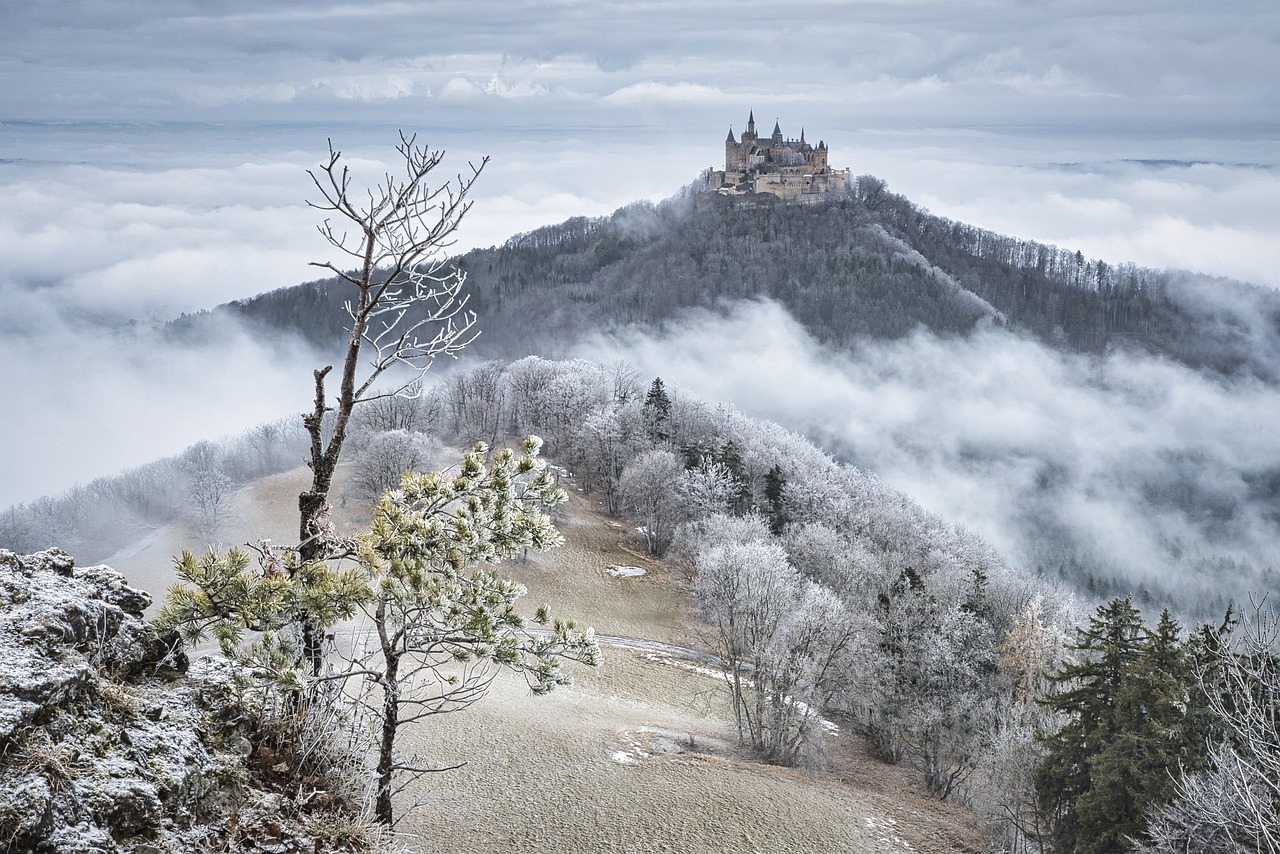
Places to Visit
1. Bran Castle
Known as Dracula’s Castle, Bran Castle is Transylvania’s most famous attraction. Though there’s little historical evidence connecting Dracula with the castle, its Gothic architecture and eerie ambiance make it popular. Built in the 14th century, this fortress stands on a rocky outcrop with narrow winding staircases and secret passageways. The views from the castle overlook the surrounding forests, adding to its mystique.
2. Sighisoara
Sighisoara is a UNESCO World Heritage Site and one of Europe’s best-preserved medieval towns. As the birthplace of Vlad the Impaler, who inspired Dracula, Sighisoara’s colorful streets, clock tower, and ancient buildings have an enchanting atmosphere. Visiting in July during the Medieval Festival adds even more magic, as the streets fill with performances and period costumes.
3. Brasov
Brasov is a charming city located in the foothills of the Carpathians. Known for its Black Church, Council Square, and well-preserved medieval buildings, Brasov has something for every traveler. Surrounded by mountains, it also serves as a starting point for exploring the nearby forests and castles.
4. Peles Castle
Peles Castle, near the town of Sinaia, is one of Europe’s most elegant castles, built in the Neo-Renaissance style. It served as a summer residence for Romanian royalty and showcases intricate wood carvings, stained glass, and vast art collections. Its picturesque location in the mountains makes it one of Romania’s finest landmarks.
5. Apuseni Mountains
The Apuseni Mountains in western Transylvania are known for their caves, canyons, and remote villages. Scărișoara Cave, home to one of the world’s largest underground glaciers, and the Bihor Mountains are popular spots for adventurers. Visitors can hike, explore the landscape, and visit local villages where time appears to have stood still.
6. Sibiu
Sibiu, a historic town with Saxon roots, was named the European Capital of Culture in 2007. Known for its medieval walls, colorful houses, and impressive Brukenthal Palace, Sibiu has a unique charm. The town’s “eyes,” which are the small rooftop windows peering down onto the streets, add to the town’s mysterious look.
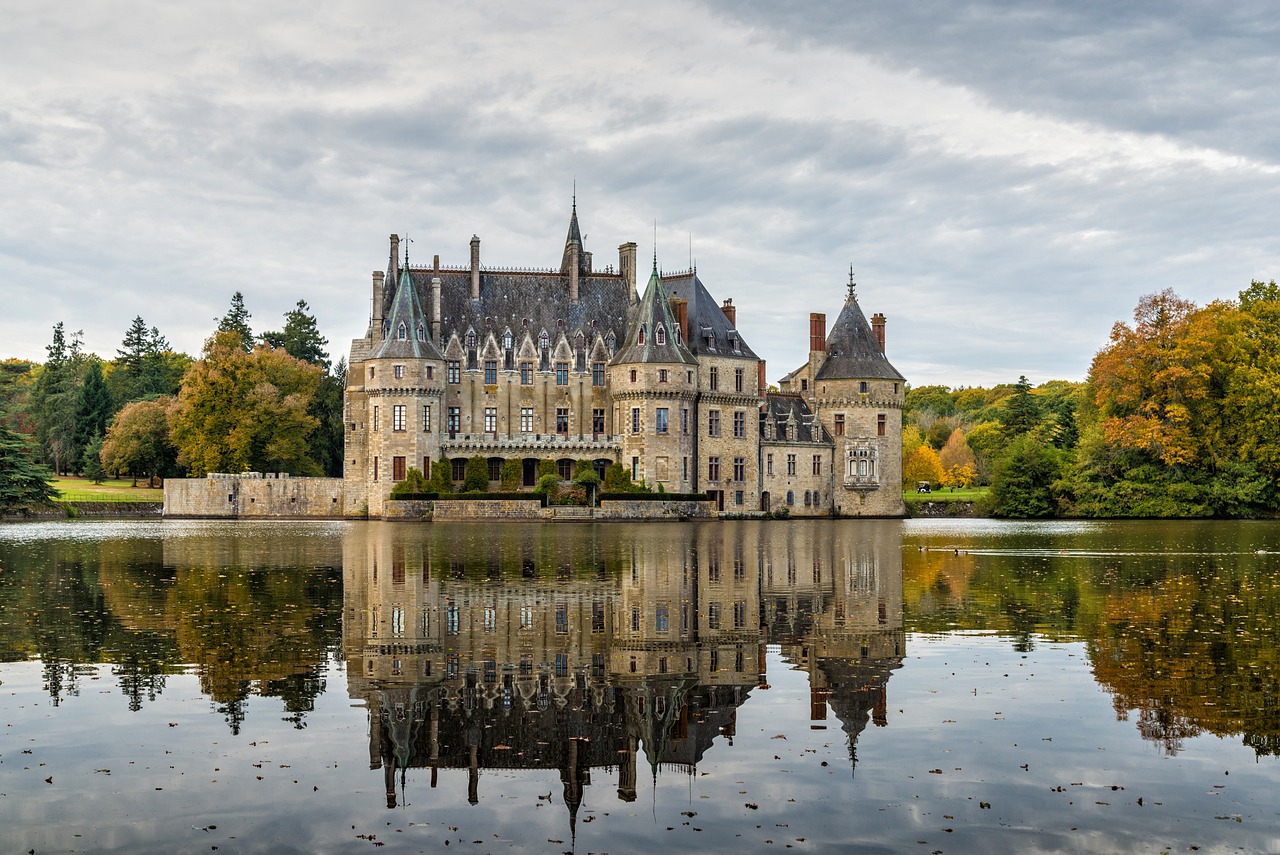
Yearly Climate
Transylvania’s climate varies, giving each season unique appeal. Here’s what you can expect:
- Spring (April-June): A pleasant season, as flowers bloom across the region. Temperatures average 15-20°C, making it an ideal time for sightseeing and hiking. Rain showers are common but usually brief.
- Summer (July-August): Warm, sunny days with temperatures ranging from 25-30°C. Summer is great for exploring outdoor attractions like the Carpathian Mountains and lakes. Tourist activity peaks, particularly at popular sites like Bran Castle.
- Fall (September-October): Cooler weather with beautiful autumn colors. Temperatures range from 10-20°C, and crowds thin out, making it perfect for a quiet visit.
- Winter (November-March): Winters are cold and snowy, with temperatures dropping to -10°C in mountainous areas. This is a magical time to visit for skiing and enjoying snow-covered castles.
Best Time of Year to Visit
The best times to visit Transylvania are spring and fall. April to June is ideal for exploring towns, castles, and natural parks when the landscapes are lush, and temperatures are mild. September to October is equally beautiful, with autumn colors blanketing the forests and comfortable weather for hiking and sightseeing. Both seasons are less crowded than summer, allowing a more relaxed experience.
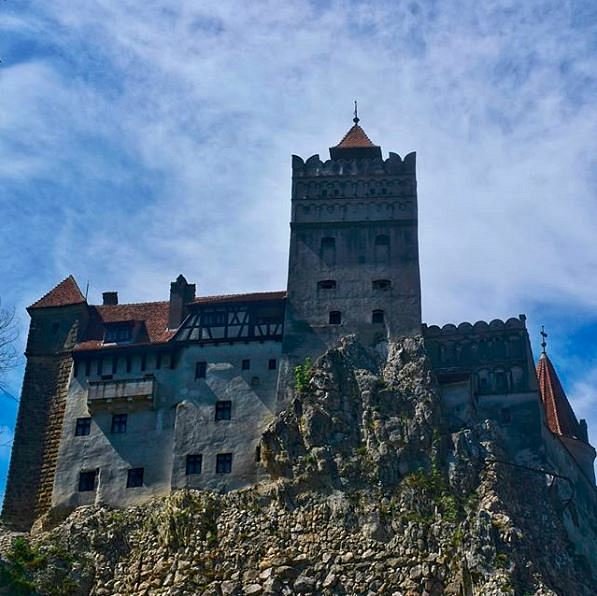
In Summary…
Transylvania is a region that thrives on contrast. Ancient castles rise against modern cities, while tranquil villages nestle beneath rugged mountains. Known worldwide for Dracula’s legend, Transylvania has much more to offer: medieval towns, fascinating folklore, wildlife, and awe-inspiring landscapes. Whether you’re drawn to castles, the great outdoors, or historic towns, Transylvania has something memorable to share.

